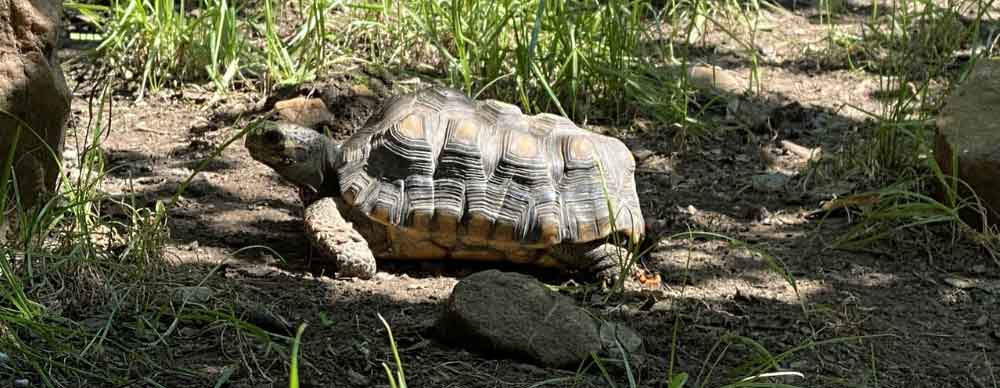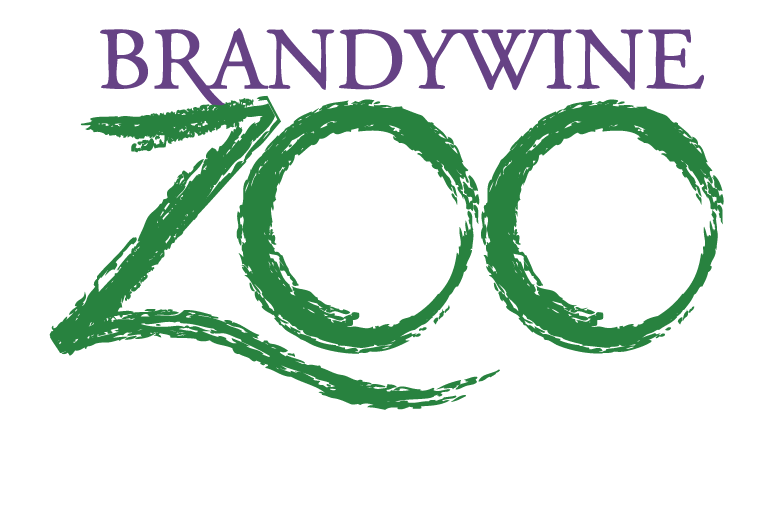Red-footed Tortoise
CHELONOIDIS CARBONARIA

HABITAT
Rainforests, dry thorny forests, temperate forests, and savanna areas. It prefers heavily forested, humid habitats, but avoids muddy areas due to low burrowing capacity of these habitats.
GEOGRAPHIC REGION & RANGE
South America from Panama to Argentina, and also on the Caribbean Islands of Trinidad and Barbados.
DIET
They are primarily herbivores and eat various grasses, leafy plants, flowers, fungi, and fruits.
PHYSICAL DESCRIPTION
Red-footed tortoises typically have dark brown to black shells with dark-brown edges and pale-gold middles. Their red markings vary in amount and location and are influenced by geographic location, genetics, and diet. Young tortoises have small distinct areas of yellow or tan coloring surrounding or covering each bump. Bright red marks may appear on the head. The legs and tail often have patches of orange, yellow or red.
LIEFESPAN
Natural Habitat: 50 years
Under Human Care: 50+ years
THREATS
The biggest threat to red-footed tortoises is being over hunted by humans. Considered a delicacy in much of their range, thousands are eaten by humans. They are also threatened by habitat loss and other human activity, including drainage of wetlands for housing, agriculture, logging and road construction. Tortoises and turtles are particularly vulnerable, as humans often develop land next to rivers, lakes and seas where these species lay their eggs. Furthermore, the demands of the pet trade impacts populations so much that in the wild they may become extinct.
STATUS
Red-footed tortoises are not evaluated on the ICUN Red List.
FUN FACTS
Red-footed tortoises are most active during the day and immediately after rain.
These tortoises are have splatters of red on their feet and yellow on their heads. As males get older, they develop a distinctive hour-glass shape.
When resting, red-footed tortoises barely move. Termites have even built tunnels on top of their carapaces.
When the weather is cool, the tortoises metabolism slows down , enabling them to survive on very little food. A mature tortoise can go for nearly a month on one banana.
What are AZA Zoos doing for Red Footed Tortoises?
Many AZA zoos have red footed tortoises as ambassador animals to educate the public.
